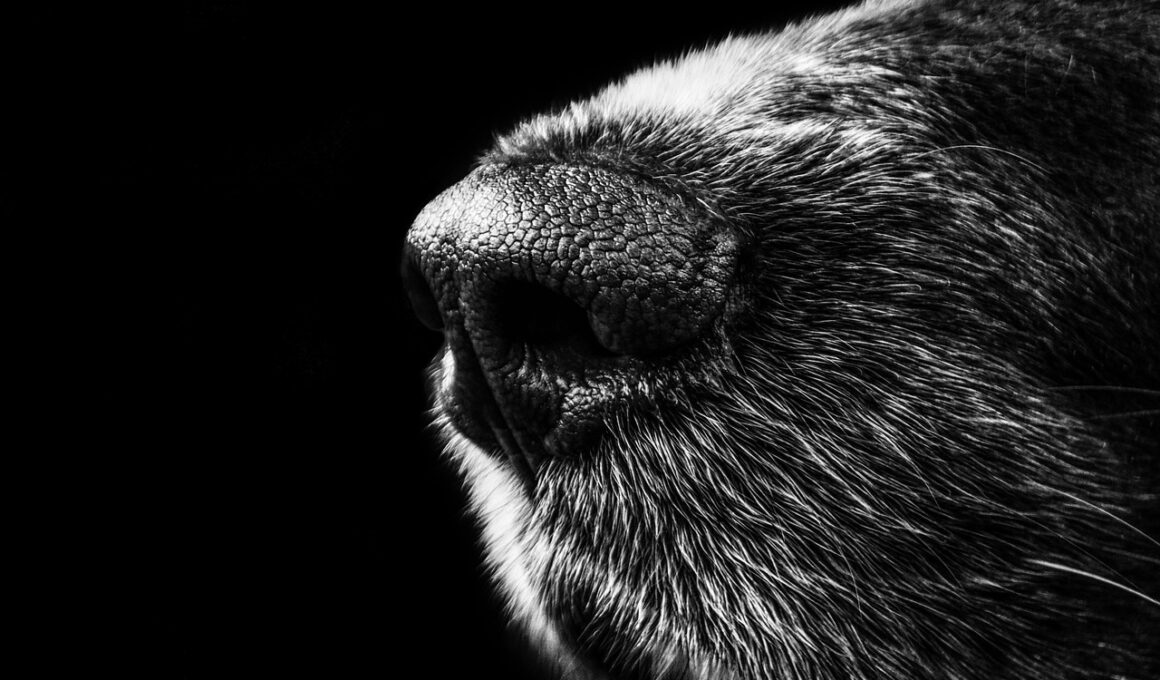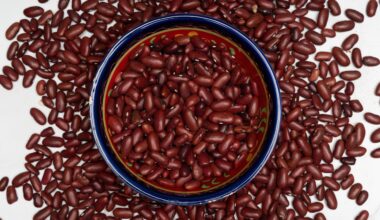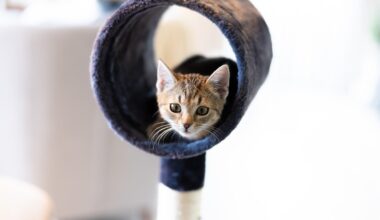Creative Black and White Editing for Dramatic Dog Images
Dog photography is an exciting field blending artistry with techniques, aiming to capture the character and spirit of our canine companions. While color plays a pivotal role in traditional photography, black and white editing offers unique advantages for creating stunning visuals. This approach enhances emotions by stripping away color distractions while focusing on shapes, textures, and contrasts. Understanding light and shadow is paramount for impactful black and white dog photography, as they define the image’s dynamics. With a keen eye for detail, photographers can convert ordinary images into striking portraits that evoke feelings. Various editing software, such as Adobe Lightroom or Photoshop, allows for advanced manipulation to achieve desired outcomes. Knowing how to adjust brightness, contrast, and sharpness can transform a simple snapshot into an artistic statement. Additionally, incorporating techniques such as dodging and burning can enhance specific areas, drawing the viewer’s eye immediately. As you embark on this creative journey, experiment with various techniques to discover your unique style while highlighting the personality of the dogs in frame, promising captivating results that celebrate the essence of doghood.
To master black and white editing, it is crucial to begin with a solid foundation in photography basics. Understanding composition is vital as it affects every aspect of your images. Consider the rule of thirds when framing your shots, allowing for balance between the background and your subject. A clear focal point keeps viewers engaged and curious about the dog’s personality. Additionally, consider the environment when taking photographs; varied textures in backgrounds can enhance the overall impact of your image post-edit. This technique boosts visual storytelling by creating a connection between the dog and its surroundings. Pay attention to lighting conditions as well, as natural light yields the best results for striking images, especially in black and white. Morning or evening golden hours provide soft light that can enhance features and textures beautifully. Consider capturing your subject while experimenting with different angles, such as low shots that emphasize the dog’s stature. Following these foundational skills leads to stunning photography, which can then be properly showcased through attentive editing techniques, ultimately allowing your creative vision to come to life.
Editing Techniques for Black and White Dog Photography
Once you’ve captured your photograph, the real magic begins in the editing room, where tools transform your vision into reality. Start by converting the image into grayscale, as this will allow you to see how well shapes and textures translate in this format. Adjusting the contrast is essential in black and white photography; images need depth to stand out. Utilize sliders to modify the light and dark tones, ensuring separation between multiple elements within the photo. You can also employ the use of filters to manipulate contrasts creatively; for example, a red filter will darken skies while brightening your dog’s coat. In addition, consider using the curves tool to tweak tonal range, enhancing shadows without losing highlights. Delve into local adjustments by using brushes to target specific areas needing enhancement. This technique will aid in directing viewers’ attention and can add drama to your composition. Furthermore, experimenting with vignette effects can create focus, pulling the viewer’s eye into the dog’s captivating gaze, enriching the storytelling aspect through perceptual emphasis and emotional connection.
When editing dog photos in black and white, the choice of image orientation can enhance dramatic effect. Portrait or landscape orientation radically influences how the subject is perceived; consider which orientation better suits the narrative you want to convey. Portrait orientation emphasizes the dog’s characteristics as it captures verticality, while landscape orientations might embody movement, freedom, or environmental interactions. It’s essential to analyze the scene you’ve captured before editing, allowing for impactful storytelling through the orientation. Furthermore, paying attention to the dog’s expressions is critical since their emotions and personalities show through their eyes. Dogs exhibit a range of emotions that can be conveyed masterfully through a powerful black and white aesthetic. Consider zooming in on their eyes to reveal emotion, using focus shifts to gently blur the background, creating engaging portraits that resonate with viewers. Additionally, don’t shy away from incorporating textures; capturing fur patterns and markings in black and white adds a captivating quality, lending an artistic touch to the overall composition as well, amplifying the emotional portrayal and making for extraordinary dog portraits.
Using Textures and Shadows for Dramatic Effects
Creating the perfect black and white photograph of a dog involves understanding textures and shadows, as these elements enhance the overall composition significantly. It’s essential to analyze the fur texture and shape as it can add dynamics, drawing attention to well-defined areas. When capturing your pet, aim for varied settings like grassy fields or rugged landscapes to create contrasting textures against their coat. Shadows play a crucial role as well; consider taking advantage of natural elements such as trees or rocks to form compelling shapes. This interplay between light and shadow creates dramatic effects, highlighting your subject’s form while lending depth to the photograph. Skilled photographers often employ backlighting techniques for this purpose; shooting against the light captures ethereal qualities, revealing fascinating outlines in the fur. This subtle drama adds allure, turning ordinary images into stunning artworks. Adding a touch of softness through blurring can also lead to a dream-like quality, refining the focus on the dog. Altogether, incorporating textures and shadows into your editing process takes your dog photography to new heights, promising stunning results every time.
Another exciting aspect of black and white editing is the opportunity to experiment with various styles that resonate with your artistic vision. For instance, there’s a high-contrast style that emphasizes dramatic elements, lending a bold touch while capturing playful expressions. On the other hand, a softer approach yields a more dreamy, classic feel, perfect for portraying gentle dog moods. Exploring multiple techniques will help you find inspiration while tailoring your editing style to reflect the nature of your subject. Don’t hesitate to make use of presets available in editing software; these can provide a valuable starting point and save time. Applying a preset can dramatically change your perspective on an image. As you grow comfortable with your toolset, continuously refine your technique by learning from others. Multiple online communities focus on photography, and sharing your work can yield constructive feedback, propelling your skills forward. Remember, art is about exploration; don’t define your approach too rigidly. Embrace new ideas and visually reinterpret them into your own unique artistic perspective, providing exhilarating possibilities for future projects and adventures behind the camera.
Final Thoughts on Dog Photography Editing
In conclusion, mastering creative black and white editing in dog photography is a rewarding endeavor that enables expressive storytelling through visuals. The inspiration gathered from heartfelt images ignites a passion for capturing the unique personalities of our furry friends. Investing time in mastering elements like composition, lighting, textures, and shadows pays off significantly in creating impactful images. The beauty of black and white photography lies in its capacity to evoke emotions, and skilled editing can lead to extraordinary results. Whether utilizing software or exploring new techniques, experimentation is at the heart of creativity, allowing each artist to find their voice. Remember, great photographs are not merely captured but created through thoughtful engagement and understanding of every element present. Don’t shy away from embracing challenges along the way; they can lead to unimaginable breakthroughs. As you embark on this artistic journey, keep learning and refining your skills while capturing the moments that showcase the incredible connection between humans and dogs. Ultimately, every striking black and white photograph creates a timeless bond that celebrates the joy and love these wonderful companions bring into our lives.
By connecting with your furry friends at an emotional level as you take photographs, you’ll capture memorable moments worth sharing. Black and white editing enhances this experience by focusing on both subjects while stripping away distractions. It’s a delightful challenge. Start exploring and enjoy creative black and white editing, discovering your unique style while nurturing a profound relationship with each dog you photograph. Persistence and patience are key while working through this artistic process, and over time, your vision will crystallize. Be innovative; consider blending black and white with a splash of color to emphasize specific details, offering a modern twist to classic photography. You’ll soon find that the journey of exploration reveals unexpected insights about composition and perspective. Celebrate the successes and learn from each shot you take. Turning these creative visions into timeless imagery of the bond between humans and dogs will inspire you each time you settle in to edit. Ultimately, enjoy the adventure you embark on; meaningful memories lie within your lens. Black and white photography creates a powerful art form that gives life to pet personalities, emotions, and stories that deserve to be told.


